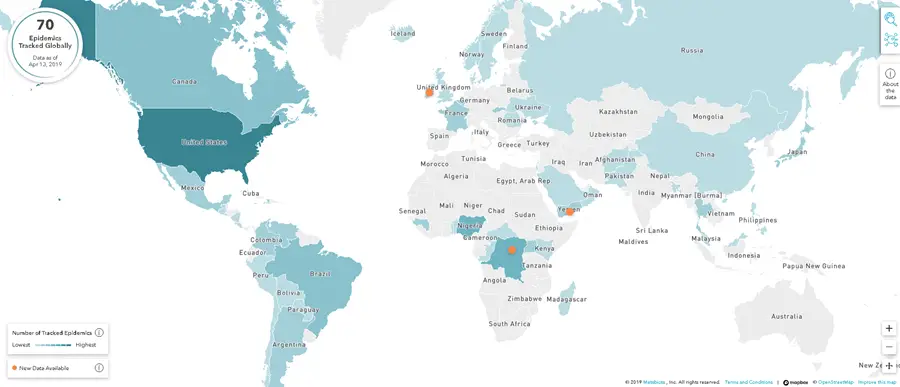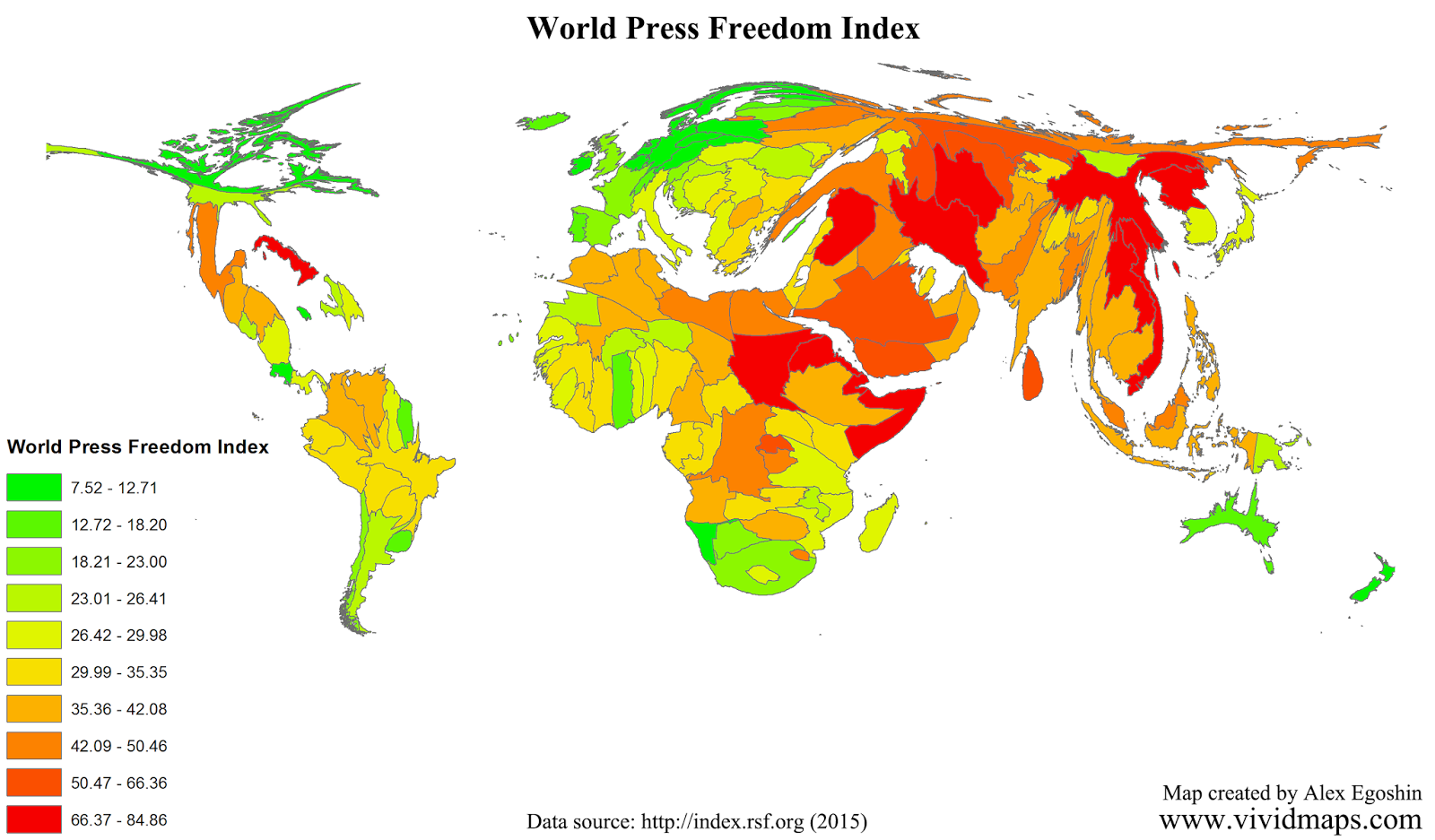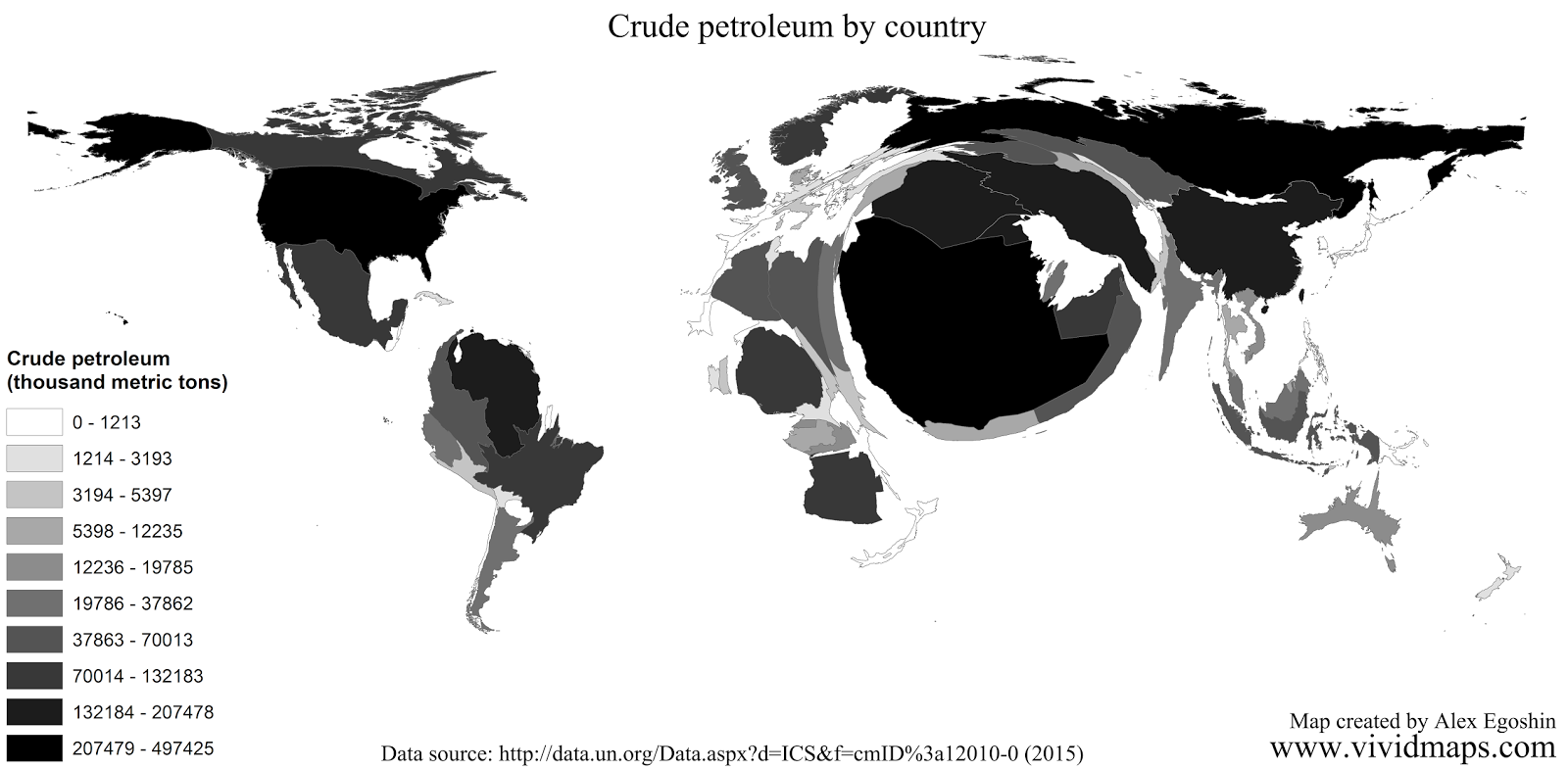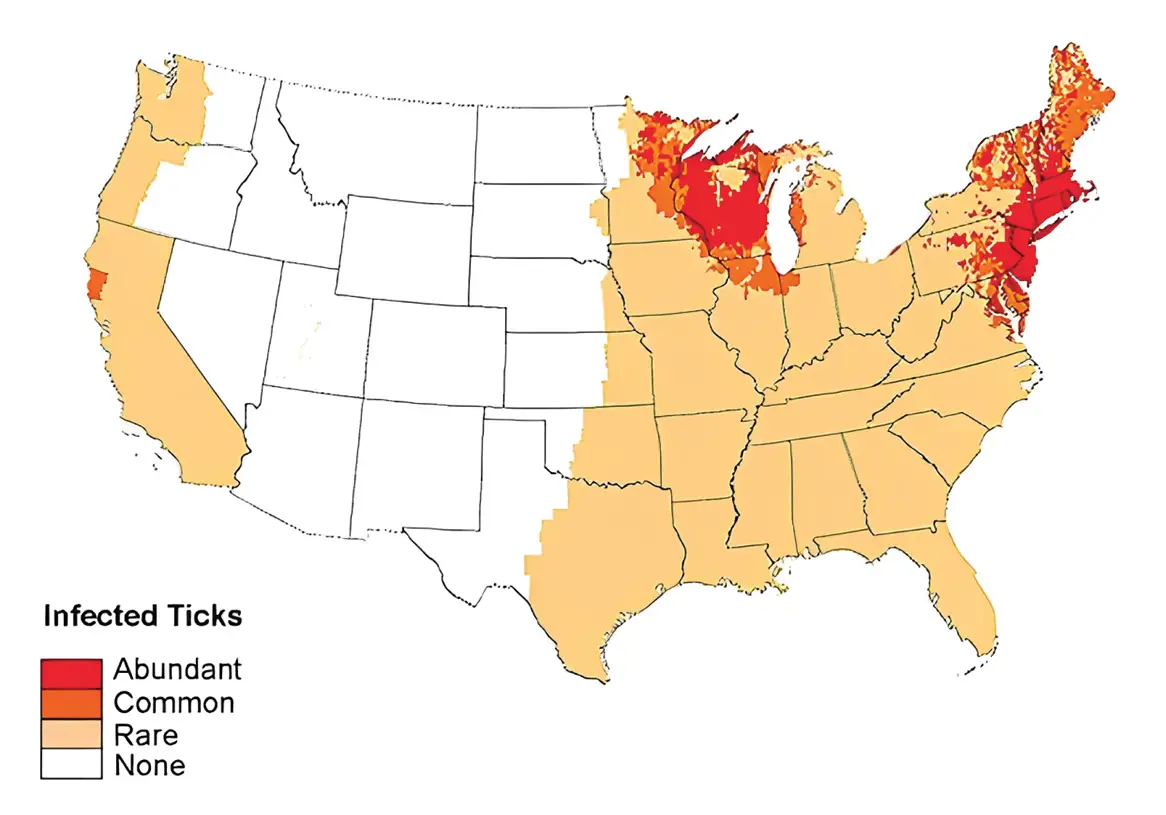Current epidemics around the globe
Throughout history, humanity has been affected by significant pandemics and epidemics, including the plague, cholera, the flu, SARS-CoV, and MERS-CoV. The Bubonic plague is considered the deadliest pandemic in human history. It caused the deaths of approximately 140 million people, which accounted for 45% of Europe’s population in the mid-14th century.
There are several infectious diseases that can recur every year, causing epidemics or outbreaks. Some of the most notable examples include:
- Influenza: Influenza, commonly known as the flu, is a respiratory illness caused by influenza viruses. The flu is known for its seasonal patterns and often recurs every year during the winter months in temperate regions. The influenza virus undergoes regular genetic changes, called antigenic drift, which allows it to evade pre-existing immunity in the population and cause new outbreaks.
- Norovirus: Norovirus is a highly contagious virus that causes gastroenteritis, leading to symptoms like vomiting, diarrhea, and stomach cramps. Norovirus outbreaks are common in closed settings such as schools, cruise ships, and nursing homes. While it can occur throughout the year, norovirus activity tends to peak in the winter months.
- Respiratory Syncytial Virus (RSV): RSV is a common respiratory virus that affects people of all ages, but it can be particularly severe in infants, older adults, and individuals with weakened immune systems. RSV outbreaks often occur in the winter months, causing respiratory symptoms such as coughing, sneezing, and difficulty breathing.
- Dengue fever: Dengue fever is a mosquito-borne viral infection that is prevalent in tropical and subtropical regions. It is caused by the dengue virus and is characterized by symptoms such as high fever, severe headache, joint and muscle pain, and rash. Dengue outbreaks can occur annually, especially during the rainy season when mosquito populations increase.
- Malaria: Malaria is a mosquito-borne infectious disease caused by the Plasmodium parasite. It is prevalent in many tropical and subtropical regions, particularly in sub-Saharan Africa. Malaria recurs seasonally in areas with high transmission rates, usually during and after the rainy season when mosquito populations thrive.
- Seasonal coronaviruses: Before the emergence of the SARS-CoV-2 virus responsible for COVID-19, there were already four known human coronaviruses that caused mild respiratory illnesses. These seasonal coronaviruses (HCoV-OC43, HCoV-HKU1, HCoV-229E, and HCoV-NL63) tend to circulate in the population, causing common cold-like symptoms, and often exhibit seasonal patterns.
After the coronovirus pandemic is over, it is very important to monitor the emergence of new pandemics and epidemics.
Epidemic Tracker by Metabiota tracks ongoing epidemics and structures epidemic data for analysis across events. Epidemic Tracker considers an event to be ongoing if a report containing data on the epidemic has been published in the last 90 days.

Metabiota team identifies epidemics by monitoring diverse reporting sources and captures data from significant events in a database. If an epidemic is detected, the characteristics of the event are evaluated to determine if the event will be included in the database. The intent of this approach is to identify high-priority events that pose a significant risk to health and/or societal, economic, or political stability.
Data for high-priority events are collected, structured, and validated by Metabiota’s digital surveillance experts. The data structuring process is designed to produce the most reliable estimates possible of the distribution of reported cases and deaths over space and time, to support analysis. As such, there may be an observed delay between when cases and death data are reported and when the epidemic is initially observed. Data displayed in the Epidemic Tracker are aggregated statistics generated from more granular data available in the subscription version of Metabiota’s software suite, which contains a wide range of additional advanced analytical tools and data.








